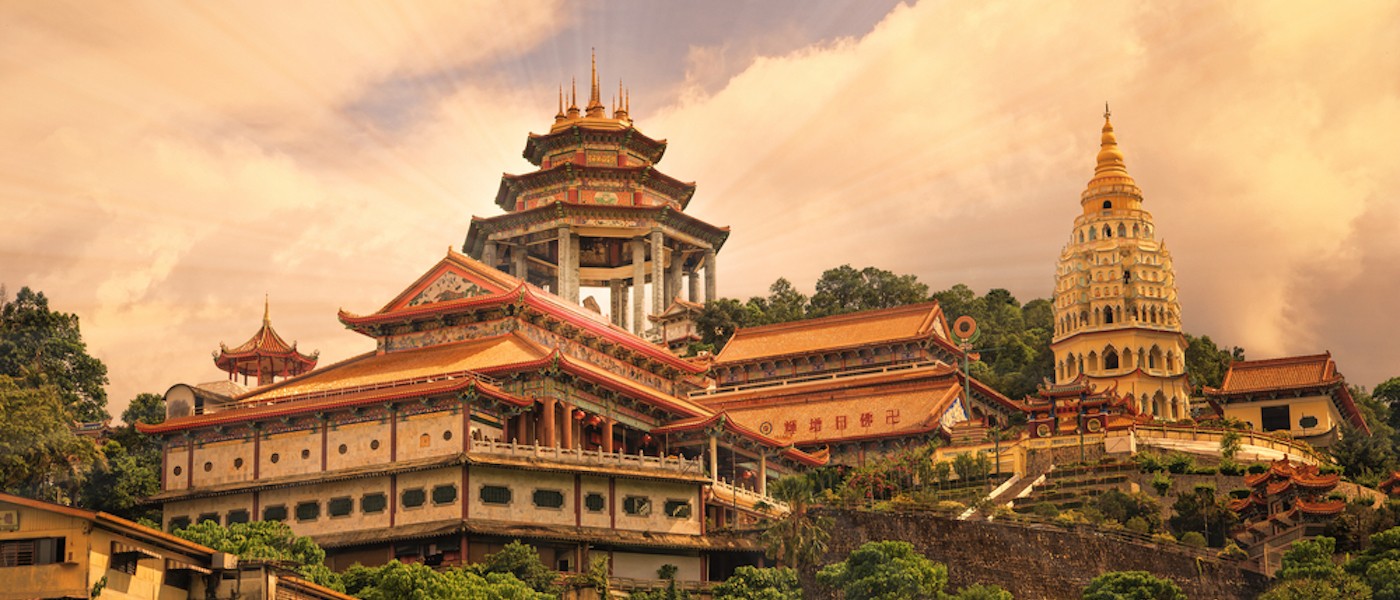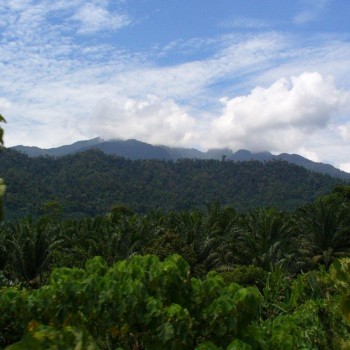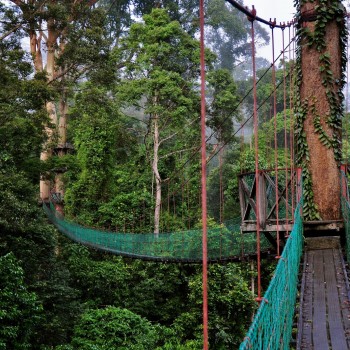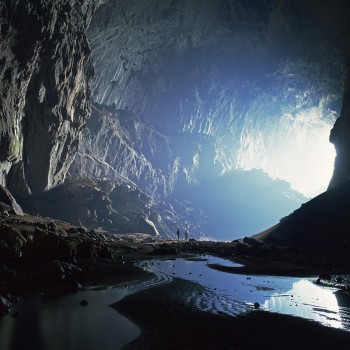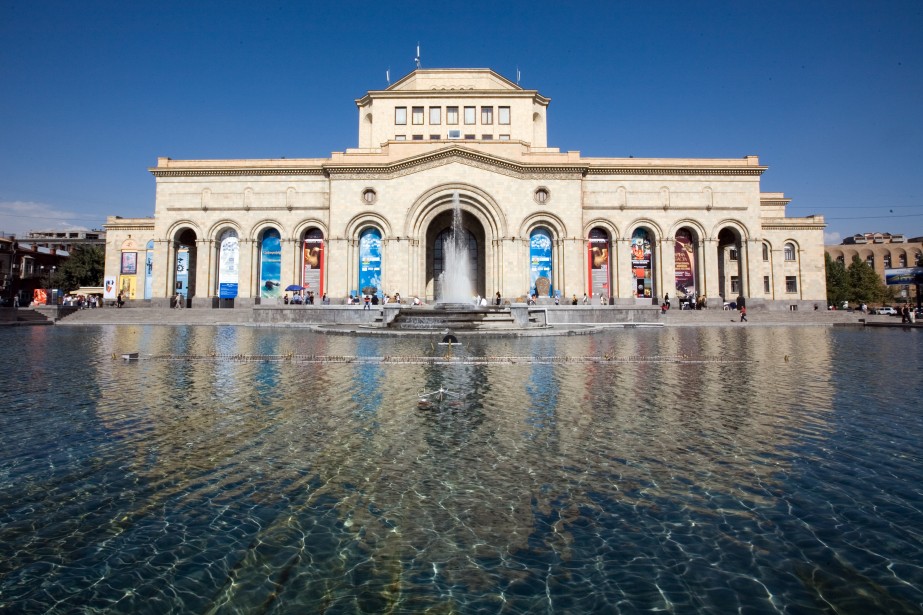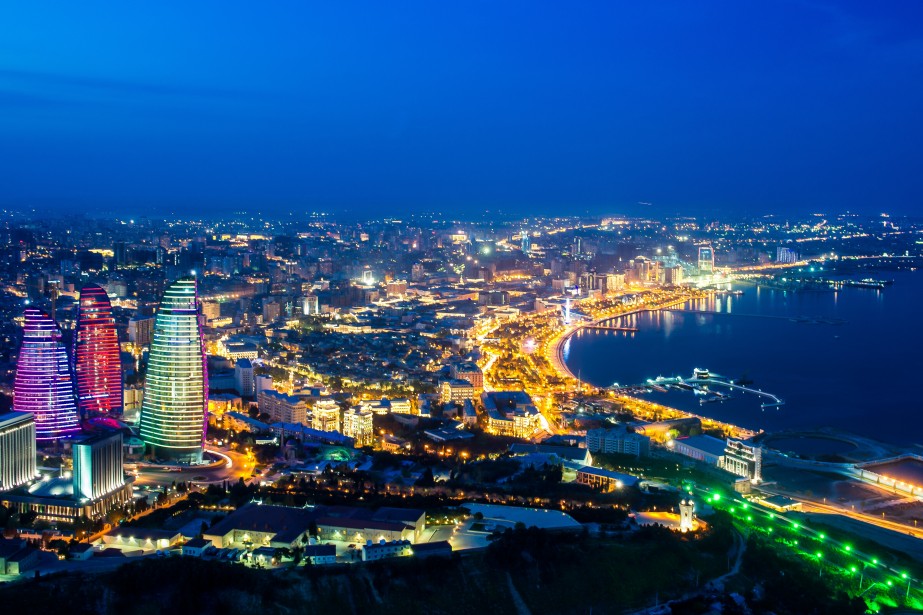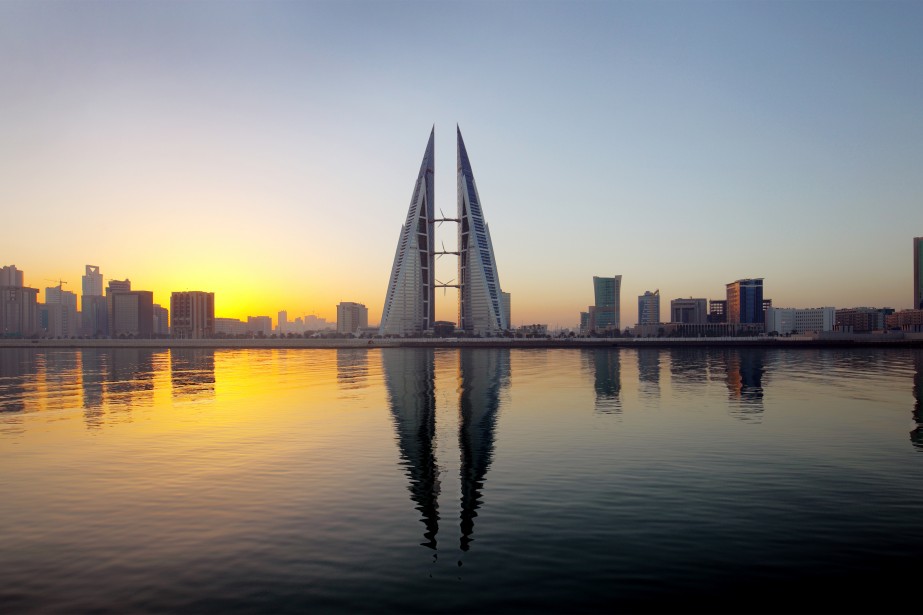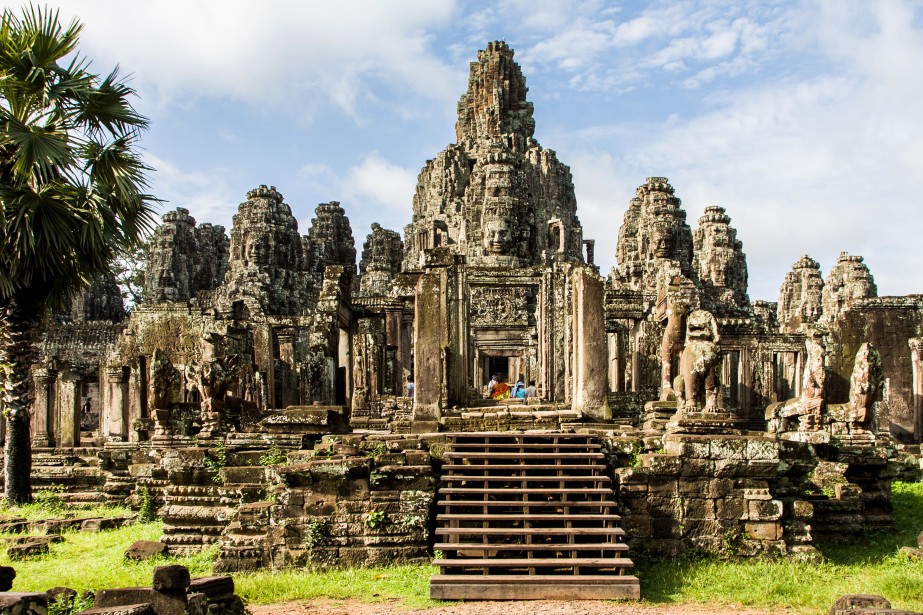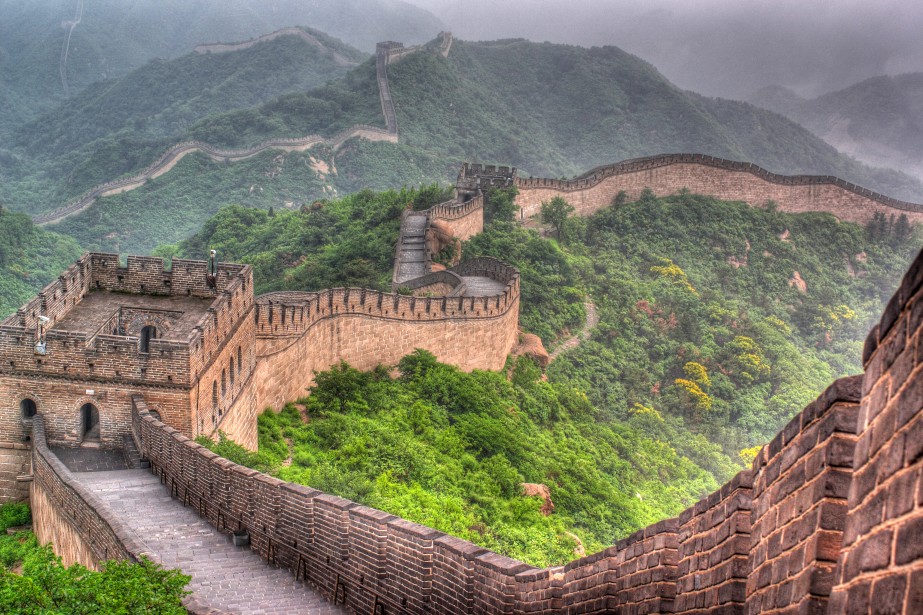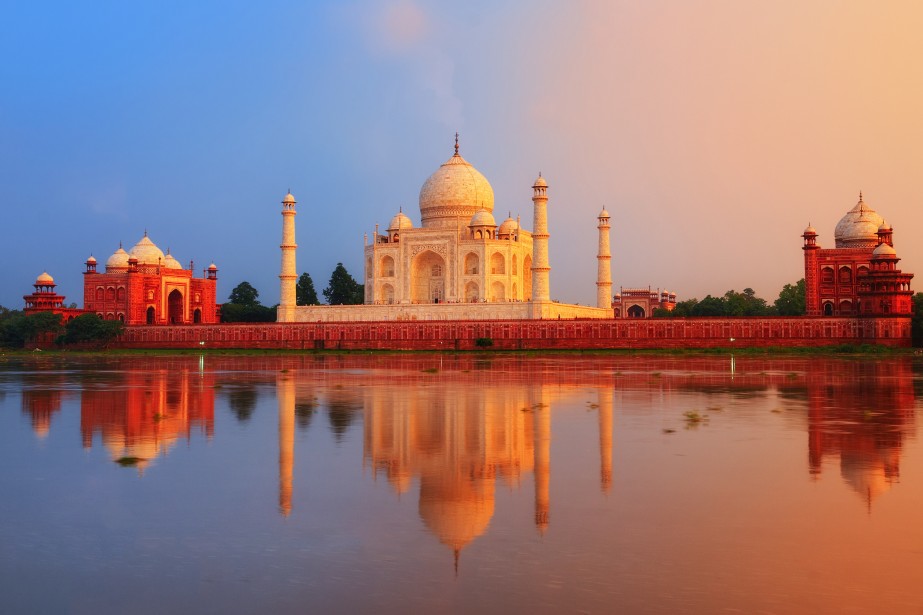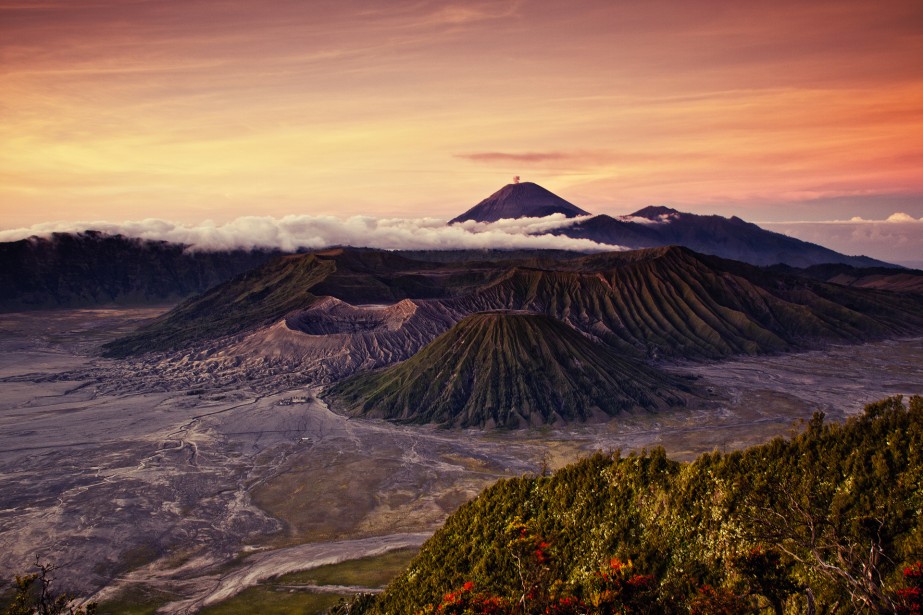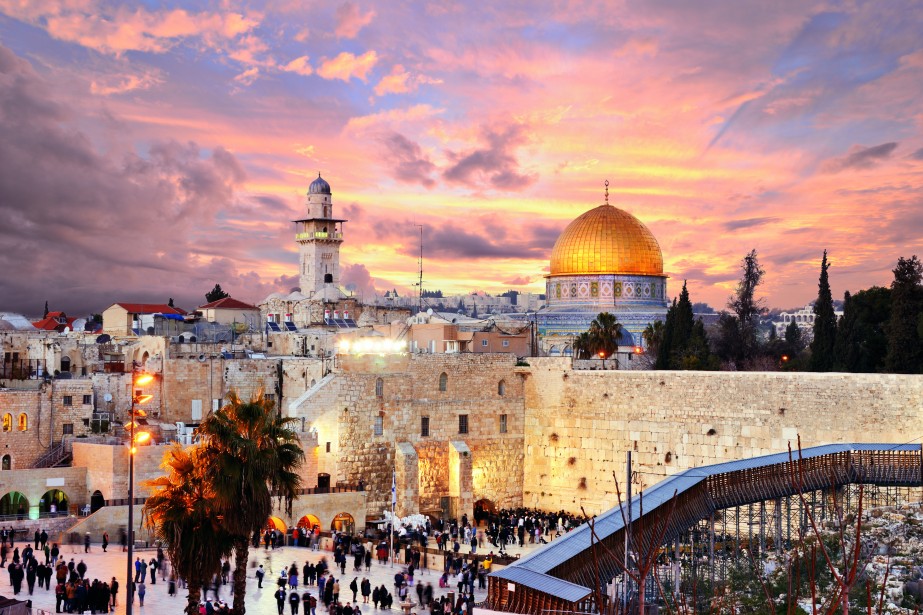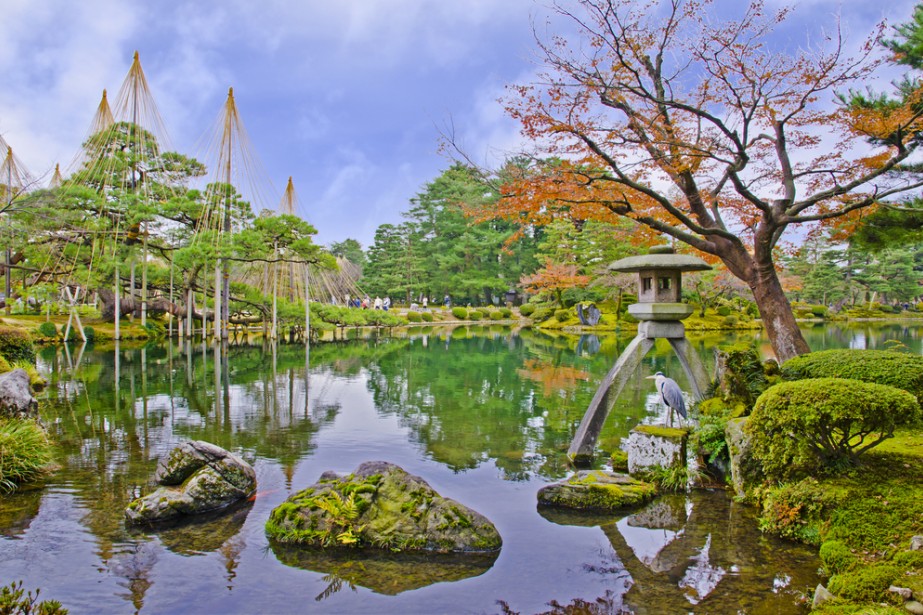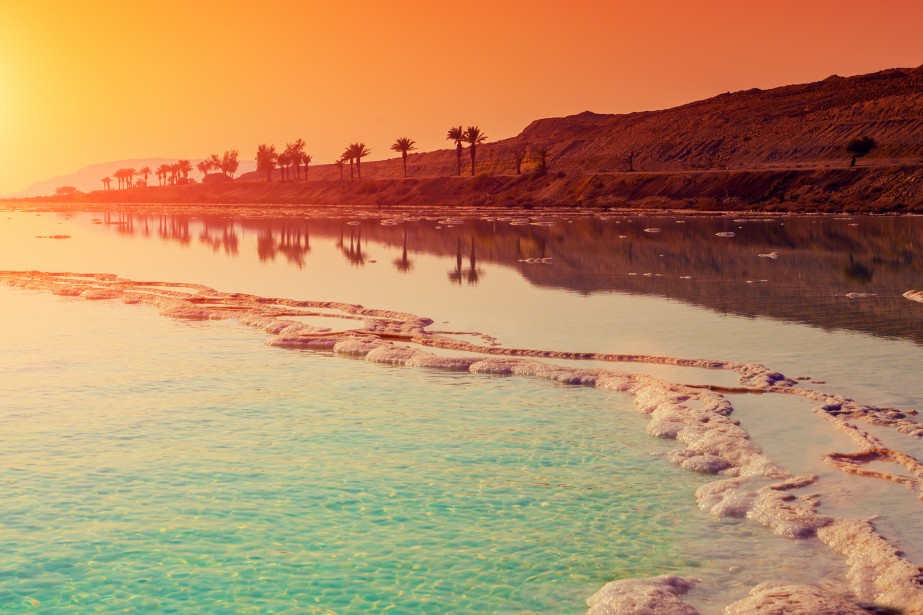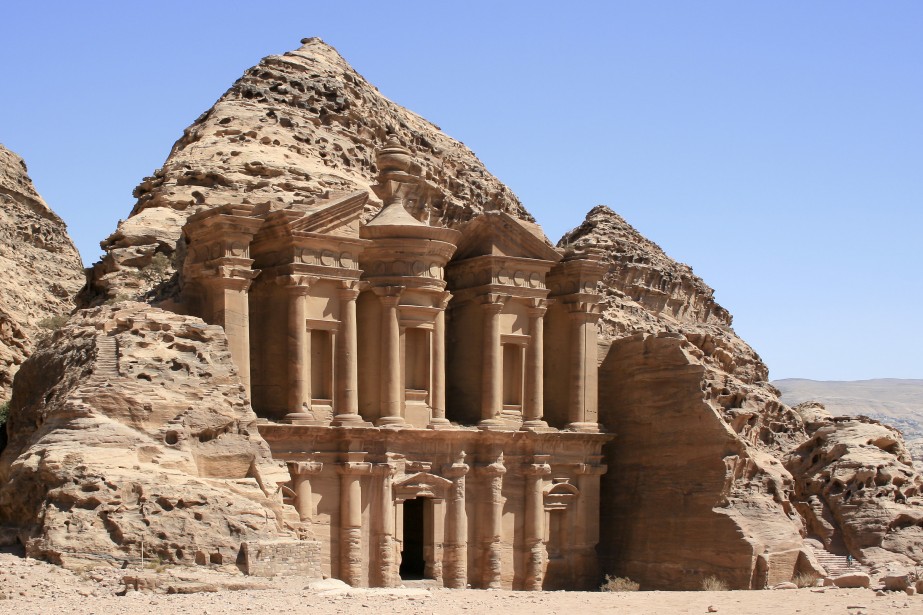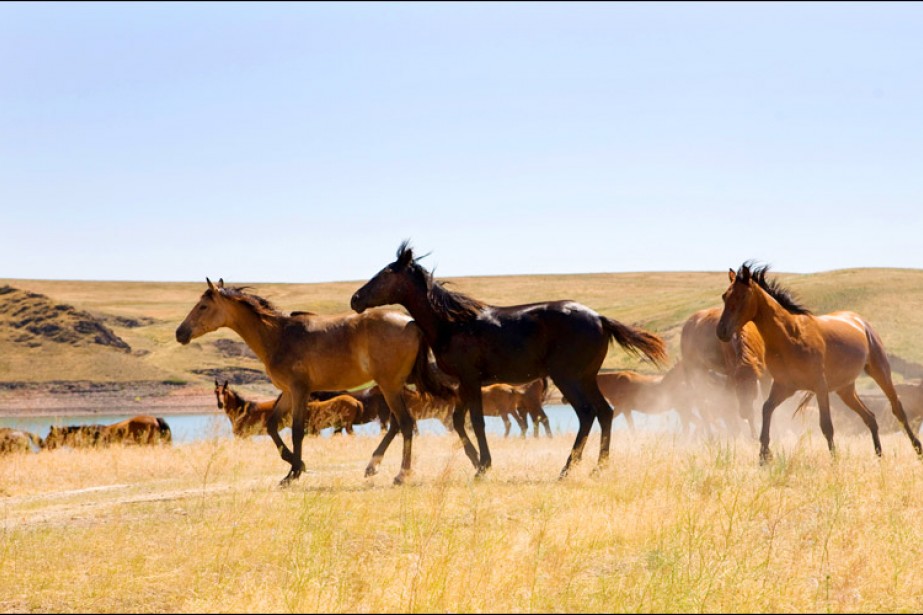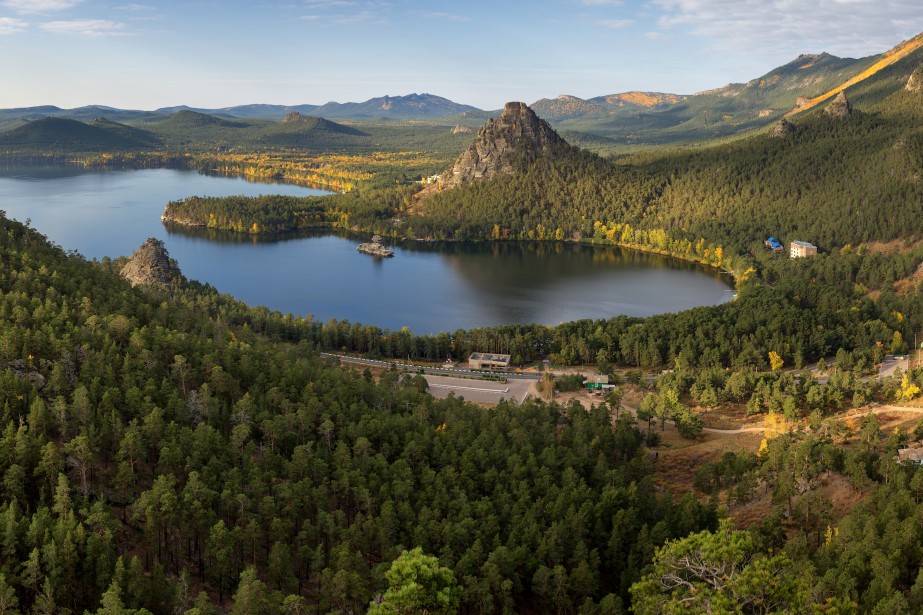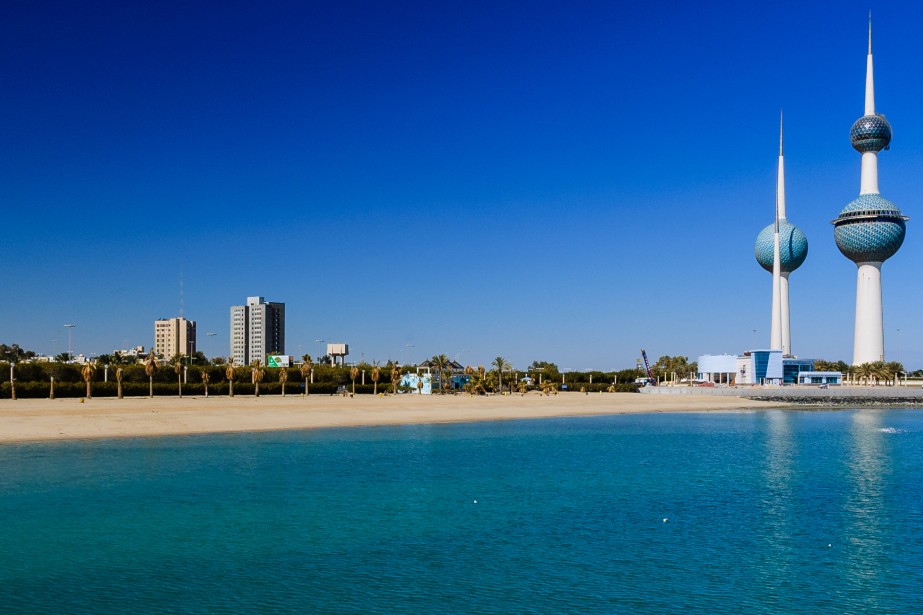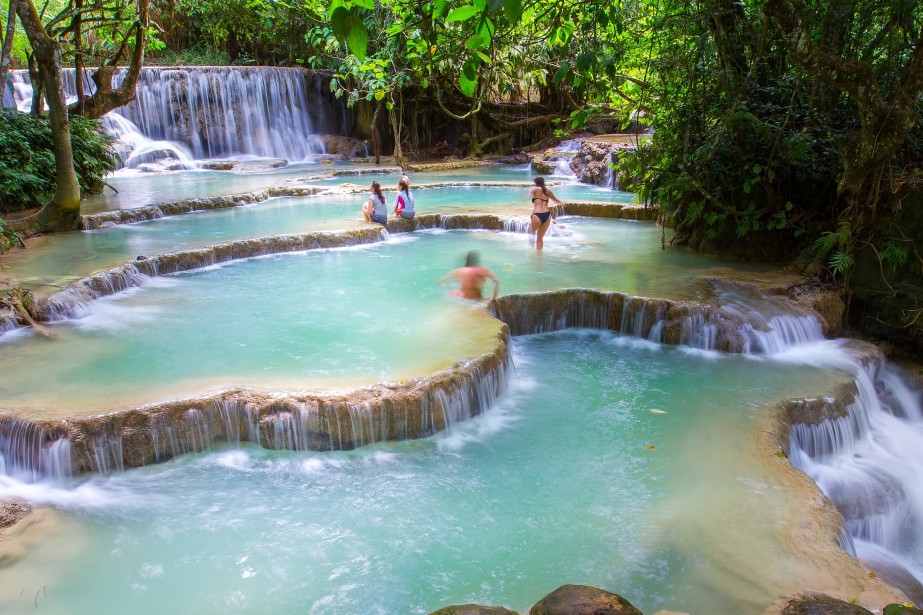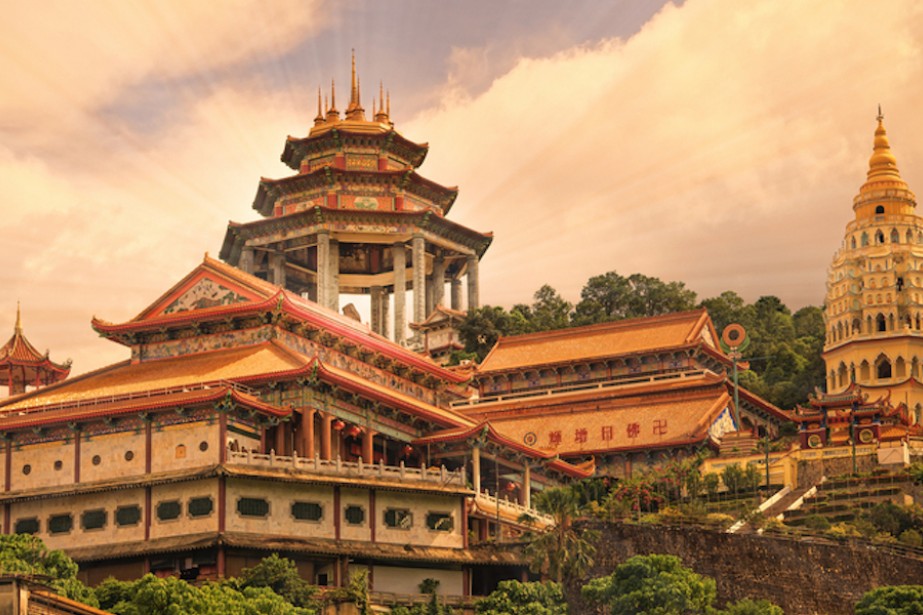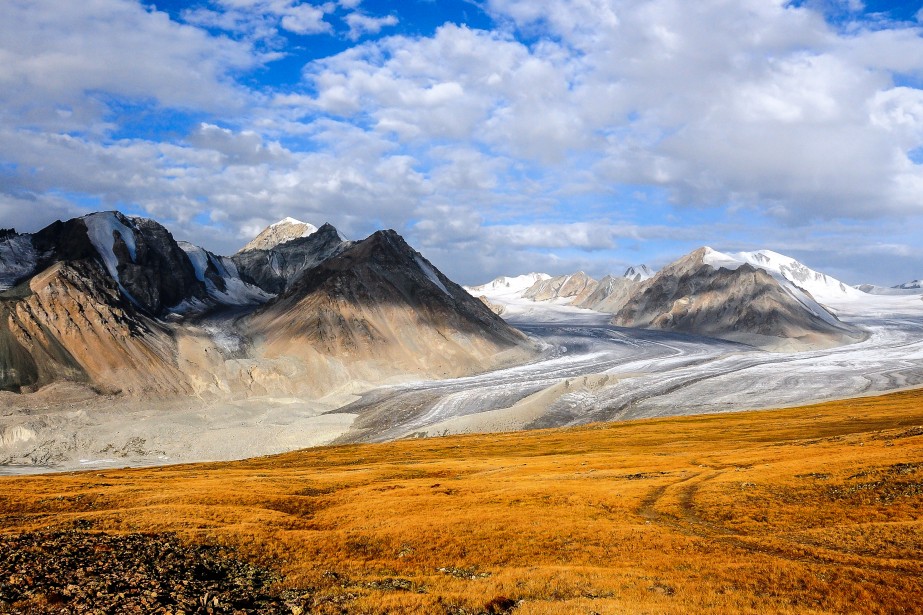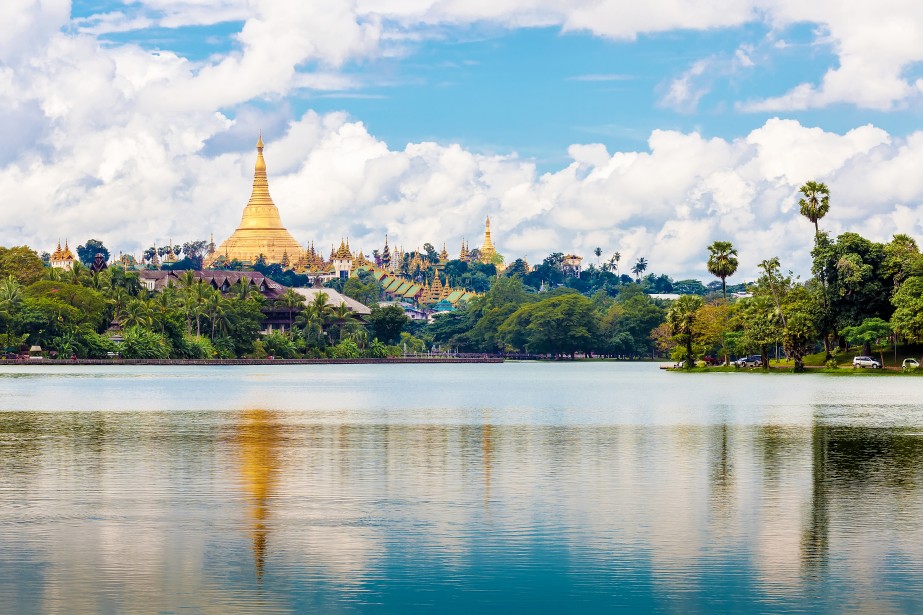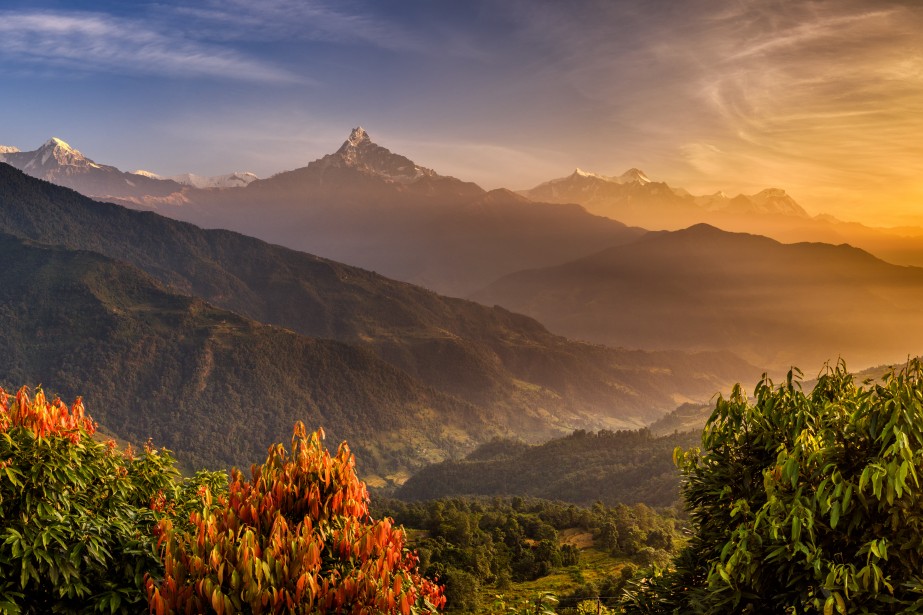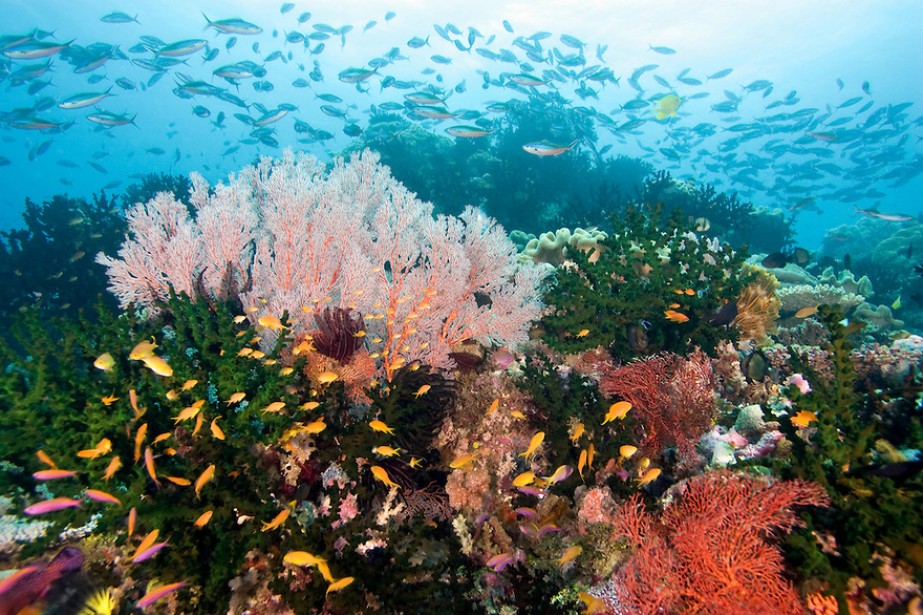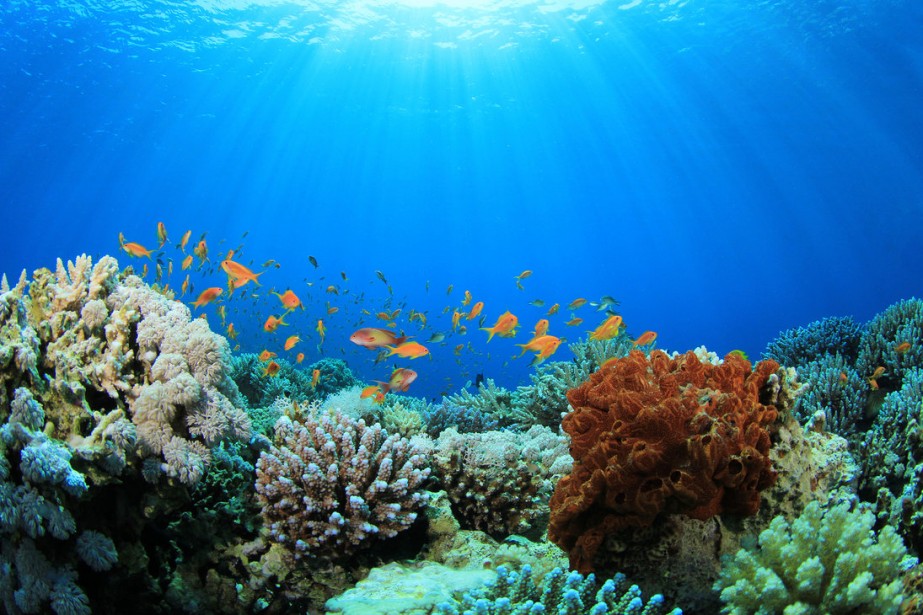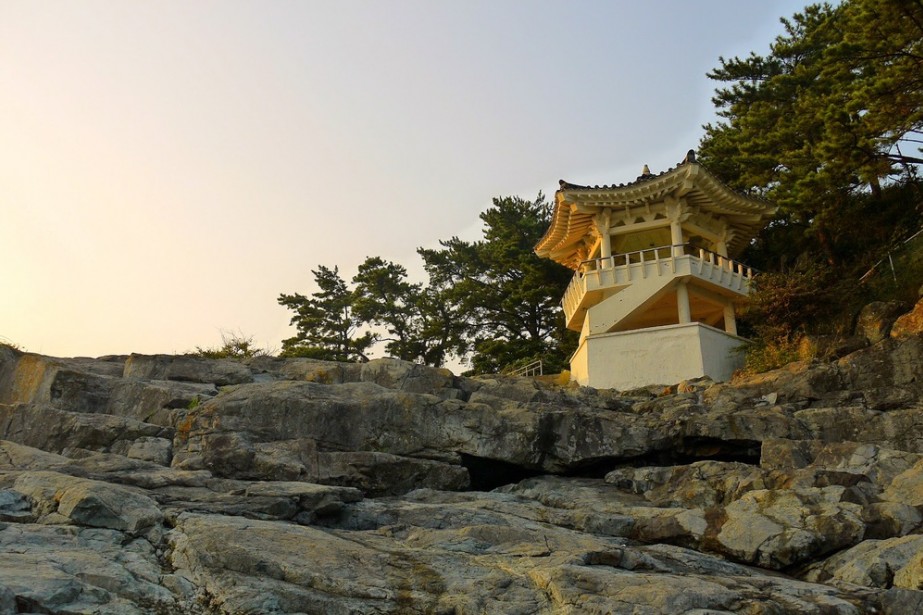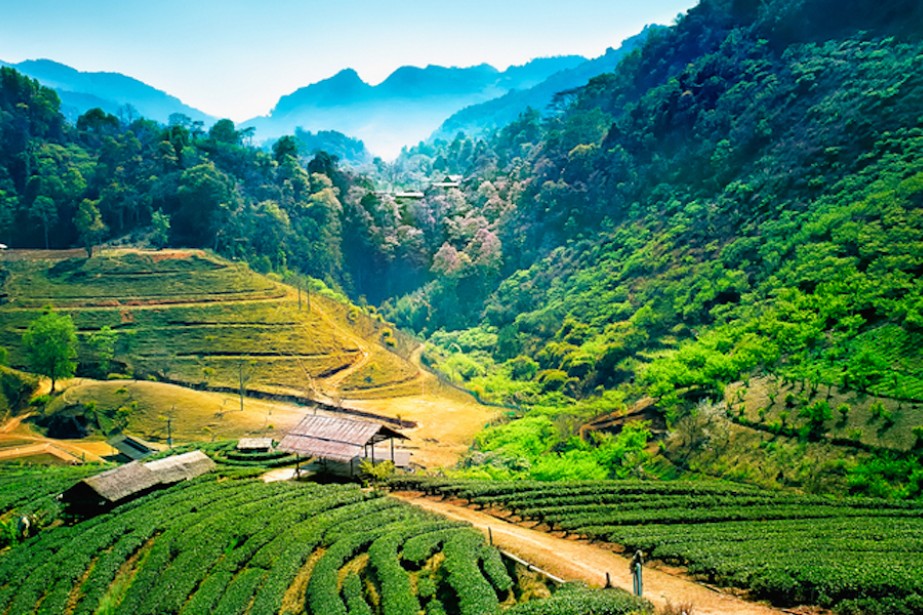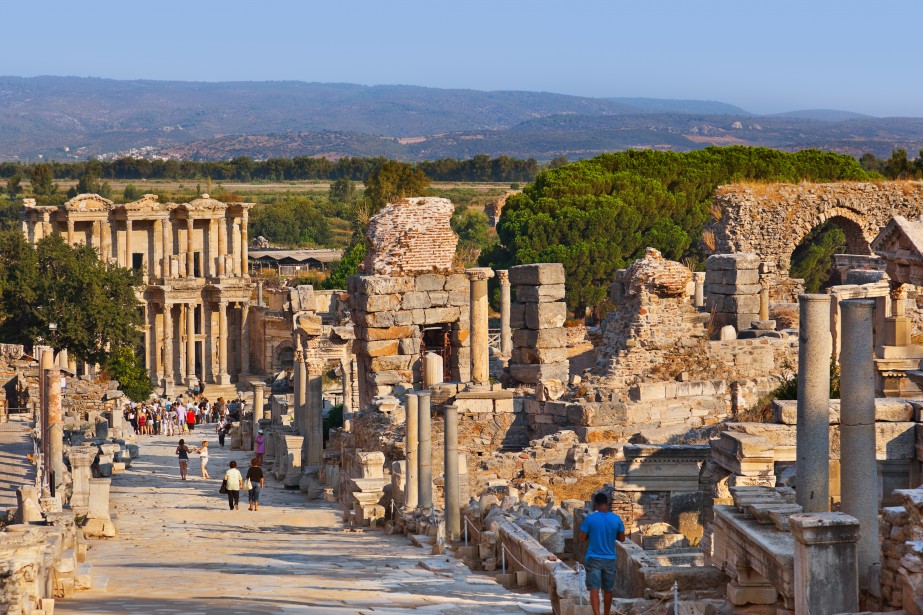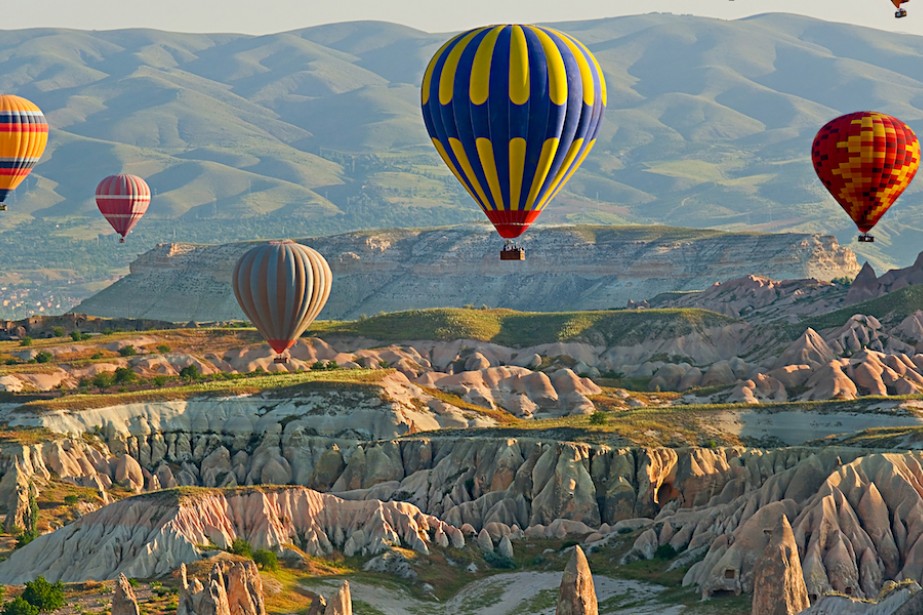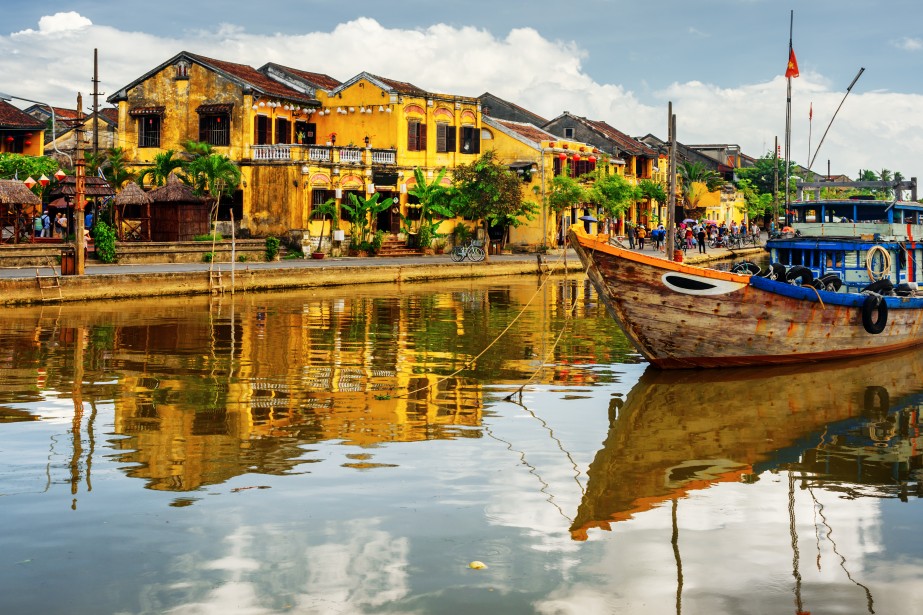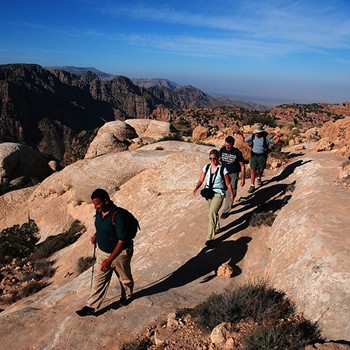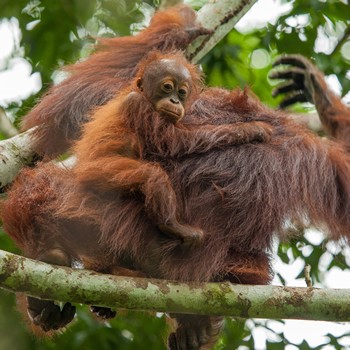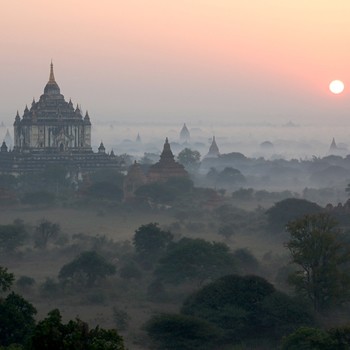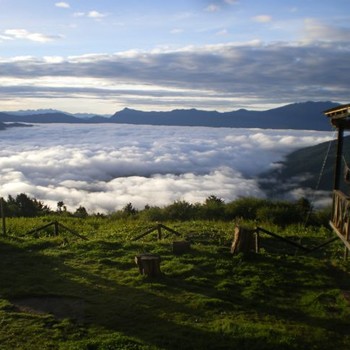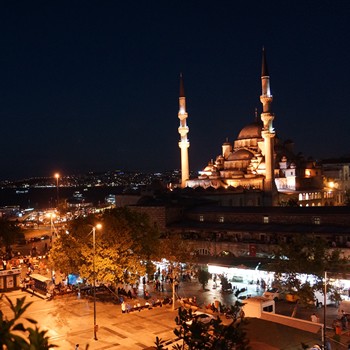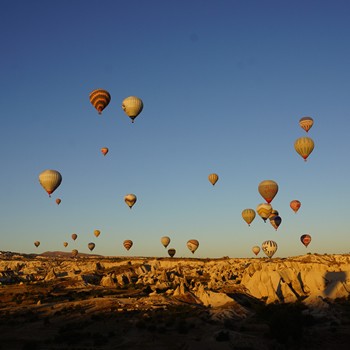Submitted by Heather Demars on August 1, 2016
Overview
The Southeast Asian country of Malaysia is in many ways a country divided. The country is physically divided in two, cut in half by the South China Sea. Peninsular Malaysia sprawls along a peninsula of mainland Asia, while the states of Sabah and Sarawak make up the northwest coast of the Island of Borneo. While visitors to Peninsular Malaysia can explore the quaint streets of colonial Georgetown or the steel and concrete super structures – the Petronas Towers – in Kuala Lumpur, the Borneo states are home to remote caves and lush, wild jungles. Malaysia is also divided culturally; the country is home to many ethnicities, including Malays and other indigenous groups, Chinese, Indian, and other Eurasian populations. Yet this diversity somehow comes together in a fusion that is distinctly Malaysian. The country is considered one of the safest in Southeast Asia, and with its untamed jungles, world-class diving, distinctive cuisine, and friendly locals, it is climbing the popularity charts in world travel.
When to Travel
Travel to Peninsular Malaysia is comfortable year-round. Close to the equator with a tropical climate, temperatures range from an average low of about 78°F to a normal high of 90°F, though on some rainy days the low can drop into the low 70s. Temperatures can be much cooler in the highlands, but even here, the thermometer rarely reads less than 60°F. Though the main rainy season is between the months of October and April, rainfall during this time is not much more pronounced than at other times of the year. One exception is the east coast of Peninsular Malaysia, where heavy rains fall from November to mid-February, closing many resorts and halting boat services in some areas. Malaysian Borneo receives heavy rainfall year-round, though the months of October through March are particularly soggy.
Malaysian Cuisines and Drinks
“Malaysian Food” is actually a uniquely delectable combination of the foods prepared by The Malays (Malaysia’s original inhabitants) and the influences of the multi-ethnic population of the modern country, including Indian, Chinese, and Eurasian. Malaysian cuisine is known for its curries and the liberal use of spices, especially cinnamon, cardamom, cloves, anise, turmeric, chili powder, cumin, and coriander. Most main dishes consist of a curry or stew served over rice. Durian fruit is also popular, though many people are repulsed by the smell and flavor of the fruit, to the extent that it has actually been banned from some hotels and forms of public transportation. While you may or may not be brave enough to sample a Durian, some Malay dishes you will not want to miss include:
• Nasi lemak – This “creamy rice” is an extremely popular Malay breakfast. Rice is cooked in coconut milk or coconut cream and served with anchovies, peanuts, a slice of cucumber and a side of chili. This is often served with fried fish or a chicken wing.
• Rendang – Also known as “dry curry”, this meat is cooked for several hours in a spicy curry paste until most of the moisture is absorbed. Though beef is the most common meat used for rendang, other meats, including chicken and mutton can also be prepared this way.
• Sambal – the general term for several variations of chili sauces served as a condiment to many Malay dishes.
• Satay – Barbecued skewers of meat, usually beef or chicken, commonly served with a spicy peanut dipping sauce.
• Acar or Achar – A popular Malay side dish made with thinly sliced and pickled vegetables and fruits such as cucumbers, pineapples, and carrots.
• Bubur cha-cha – A base of coconut milk soup with the addition of diced yam, sago, and sweet potato. Served both warm and cold.
• Chilli crab – A whole crab smothered in a deliciously tangy chili sauce
• Popiah – Malaysian spring rolls, prepared fresh or fried. Usually made with turnips, tofu, garlic, egg, and chili sauce.
Coffee and tea are both common drinks in Malaysia. When ordering either, expect it to be sweeter than in many western countries. Kopi tongkat ali ginseng is coffee with a uniquely Malaysian flair – coffee is mixed with a local aphrodisiacal root, ginseng, and condensed milk to produce a combination that supposedly increases both energy and libido. Other popular beverages include Milo (a chocolate drink) and lime or other fruit juices.
Popular Vacation Sites in Malaysia
Kuala Lumpur – In the last 150 years, Malaysia’s capital city, Kuala Lumpur (or simply “KL”) has risen impressively from a small tin-mining village to a modern metropolis of over 6.5 million people. KL is home to the magnificent 88-story Petronas Twin towers, the tallest skyscrapers in Southeast Asia and the world’s tallest twin towers. The sky bridge that connects the two towers at the 41st floor provides visitors with breathtaking views of the city below. For local goods at dirt cheap prices, take a stroll through KL’s Chinatown. Local vendors sell a wide array of goods, and haggling is practically mandatory. When the sun goes down, the main street of Chinatown, Petaling Street, comes alive in a bustling night market where prices are even lower. Little India is another venue not to be missed, with its shops brimming with incense sticks, sandalwood soap, and delectable Indian eateries. KL is also home to several temples, including the Thean Hou Temple, one of the oldest temples in Southeast Asia and one of Malaysia’s top tourist sites. Host to many devotees of Guan Yin, the Goddess of Mercy, the temple includes a prayer hall with three alters inside its ornately carved walls. Outdoor enthusiasts will be enchanted by Batu Caves, which feature limestone formations reported to be more than 400 million years old. The caves are also home to several religious shrines, statues, and idols. After exploring the caves, come above ground and watch birds take to the air in Kuala Lumpur Bird Park. This 50-acre park is home to hornbills, flamingoes, parrots, storks, finches, thrushes, owls, eagles, macaws, pelicans, and more and is an attraction not to be missed.
.
Penang – Nestled along the northwest coast of Peninsular Malaysia, Penang is the second smallest state in the country, though one of the country’s biggest tourist draws. Nicknamed the Pearl of the Orient, Penang is home to some of the country’s best beaches. Embark on a trishaw tour down the colorful streets of colonial Georgetown or escape to cooler temperatures via a funicular train ride to the top of Penang Hill. Take in amazing panoramic views of the city below or tour the mosque, church, and temple that sit atop the hill. Before leaving, do not miss the live snake show where visitors can take pictures with a tame python to impress their friends at home. Penang is also home to Kek Lok Si Temple, possibly the largest Buddhist temple comples in Southeast Asia. With its exotic gardens, and awe-inspiring seven-tiered pagoda, as well as an impressive collection of Buddha statues, it is easy to see why Kek Lok Si is one of Penang’s top attractions.
Borneo – Sabah and Sarawak
Two Malaysian states, Sabah and Sarawak, make up the northwestern coast of the island of Borneo. The remote beaches and lush rainforests of Malaysian Borneo have made Sabah and Sarawak constant favorites among world travelers for decades. Sarawak is home to Gua Nasib Bagus, “Good Luck Cave”, which houses the Sarawak Chamber, the largest known underground chamber in the world. Sidapan, Malaysia’s only oceanic island, lies just off the coast of Sabah and is considered to be the home of the best diving in the world. Jacques Cousteau described Sidapan as “an untouched piece of art”. Gliding through the island’s pristine waters, divers will “rub fins” with an impressive array of ocean life including sea turtles and barracudas. Sabah is also home to the Sepilok Orangutan Center where visitors can view these majestic yet playful creatures up close in their natural habitat from a boardwalk in the sky. Daily feedings are open to the public and often attract a few long-tailed macaques as well. For a more rugged experience, hire a guide for a trek through one of the state’s many mangrove forests or take a boat ride through the Kinabatangan River Sanctuary, to witness several native species up close, including orangutans, proboscis monkeys, Bornean elephants, and several species of birds, reptiles, and amphibians. No visit to Sabah would be complete without some time spent in Danum Valley Conservation Area. Touted as one of the worlds most complex ecosystems, the forest is home to several species of endangered wildlife, including the Asian elephant, clouded leopard, and the Sumatran rhino. One of the highlights of the forest is the quarter-mile long canopy walkway, suspended almost ninety feet in the air, which allows visitors to stroll along the forest canopy while marveling at the surrounding wildlife and waterfalls below.
Practical Info
Currency
The currency in Malaysia is the Malaysian ringgit (RM or MYR). One ringgit is comprised of 100 sen. Coins are available in denominations of 1, 5, 10, 20, and 50 sen as well as one ringgit coins. 1, 2, 5, 10, 50, and 100 ringgit notes are currently in circulation. It is not uncommon for locals to refer to ringgits as dollars, and Singapore and Brunei dollars are sometimes called ringgits. The mixed-use terminology can lead to confusion, so make sure to ask for clarification as to which currency prices refer to. Foreign currency is not generally accepted in Malaysia, though some exceptions may be made for the US dollar or euros. Unlike many countries, banks and airports are not the best place to exchange money in Malaysia, as better rates are often available through licensed moneychangers common in large shopping malls in the bigger cities. Moneychangers can often be haggled with, so never settle for their advertised rate, especially if you are converting a substantial amount of currency. ATMs are readily available in most of the large cities, but make sure to stock up on cash for trips to more remote locations. Credit cards are accepted in most major hotels, restaurants, and some shops, though skimming and fraud is a problem in some areas.

